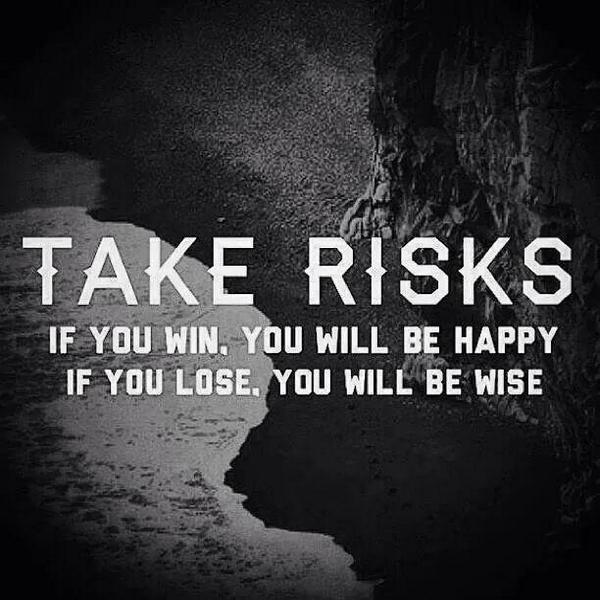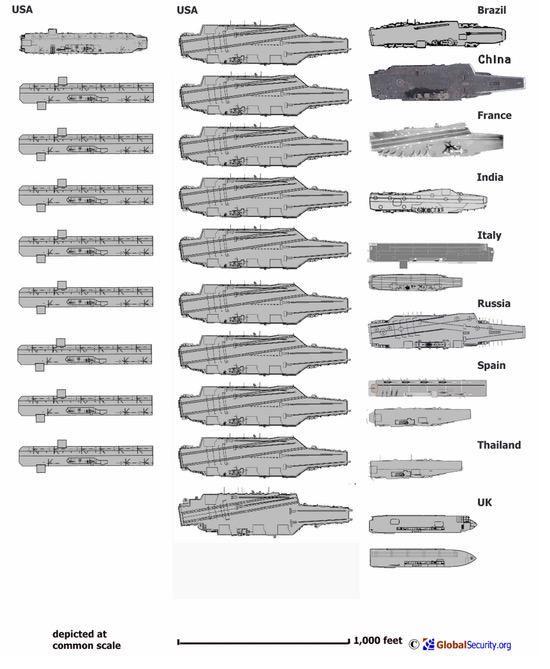
The mind conspires against us so trade markets as they are; don't support a narrative with things that aren't there


 Legendary stock trader Jesse Livermore had it right: The big money is in the big moves … and the trick to making the big money is knowing how to sit tight and ride the trend for all it’s worth. As obvious as that may seem, many investors have trouble doing it.
Legendary stock trader Jesse Livermore had it right: The big money is in the big moves … and the trick to making the big money is knowing how to sit tight and ride the trend for all it’s worth. As obvious as that may seem, many investors have trouble doing it.
They are, as cognitive psychologists like Daniel Kahneman and Amos Tversky would say, “risk-averse.” The pain they experience in losing money is far greater than the pleasure they experience in making it. As a result, these investors typically sell their investments too soon for fear of incurring a real or even a paper loss.
To profit the most from an investment, you need to be able to wait long enough for it to achieve its full potential. So if you’re “risk-averse” by nature, it might be a good idea for you to avoid paying too much attention to the news. If you’re watching television and the nightly business report comes on, change the channel. Set aside the business section of the paper to read on a rainy day. Ignore cocktail chatter about investing. That way, you’re more likely to stick to your trading plan instead of letting your emotions overpower your better judgment.
10 Things that Great Traders have Declared Independence From




Long term trend followers are trying to be right about the long term trends in the markets they trade using mechanical systems.
Buy and hold investors are trying to be right about the stock market indexes and mutual funds being in a long term trend over their lifetime.
Value investors believe that under priced stocks will reverse and trend higher over the long term based on the cheap price they are getting based on a companies fundamentals.
Day traders are trying to capture the trend that happens in one day’s time frame.
Swing traders bet that the trend reverses off support or resistance levels and give them a profit.
Can Slim traders are trading the trend of a hot growth stock out of a base price range or cup with handle pattern
Bear are betting that the trend reverses and something goes down in value and they make money.
Call buyers are trying to capture an up trend, call sellers want to profit from a down trend.
Put buyers are trying to capture a down trend, put buyers want to profit from an up trend.
Traders buying long option strangles are betting on a trend either way bigger than what is priced in, Strangle sellers are betting the trend will be less than what is priced in.
All trading methods are simply an effort at trend identification and capturing profits by entering at a high probability moment and exiting with profits in place.Being on the right side of the trend in your time frame is what a successful trading method is all about.
